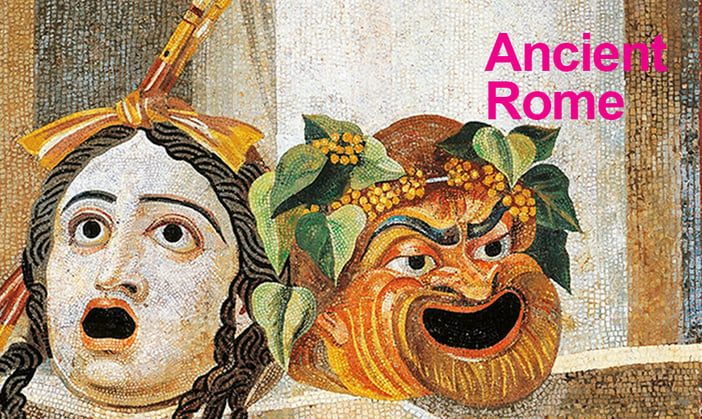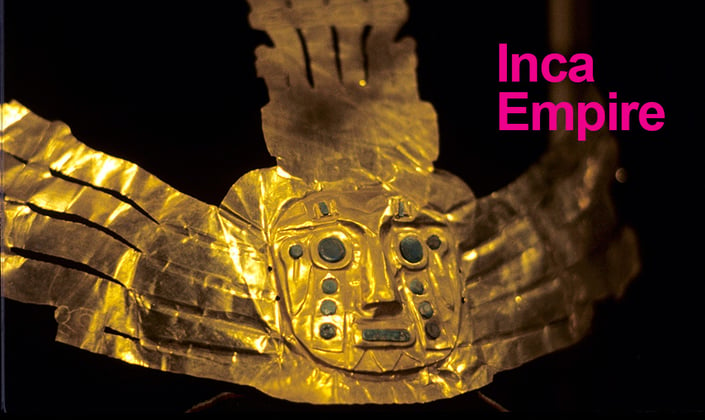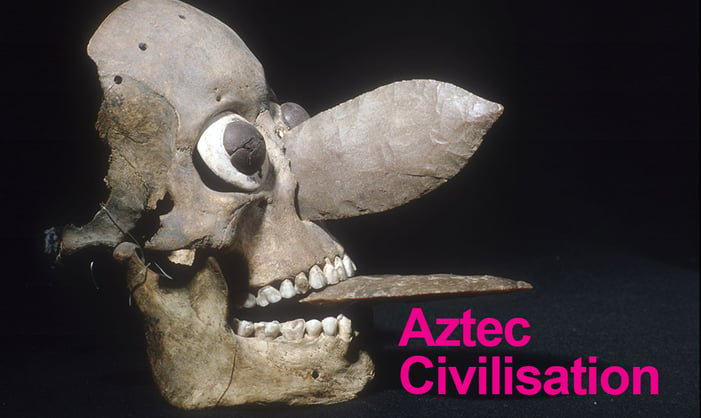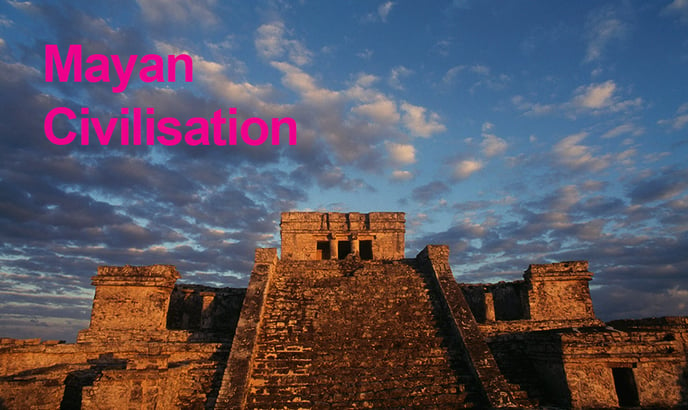
Academic Inspiration: Ancient History
Whether you’re working on a textbook, academic project or e-learning application, Bridgeman is a comprehensive visual resource for every era and subject, with a growing footage collection. Publishers know they are in safe hands with Bridgeman Images as we take care of usage rights for many different collections of images, ensuring the process is simple and easy.
See below for highlighted content. Please don’t hesitate to get in touch if you need help with a project or copyright clearance.
The Indus Valley Civilisation was a Bronze Age civilisation in the northwestern regions of the Indian subcontinent, lasting from 3300 BCE to 1300 BCE. Also known as the Harappan Civilization, extended from modern-day northeast Afghanistan to Pakistan and northwest India. Important innovations of this civilization include standardized weights and measures, seal carving, and metallurgy with copper, bronze, lead, and tin.
See more
Mesopotamian civilizations formed on the banks of the Tigris and Euphrates rivers in what is today Iraq and Kuwait. Early civilizations began to form around the time of the Neolithic Revolution -12000 BCE. Some of the major Mesopotamian civilizations include the Sumerian, Assyrian, Akkadian, and Babylonian civilizations. Evidence shows extensive use of technology, literature, legal codes, philosophy, religion, and architecture in these societies.
See more
The Kingdom of Kush was an ancient kingdom in Nubia, located at the Sudanese and southern Egyptian Nile Valley. The larger region around Kush (later referred to as Nubia) was inhabited c. 8,000 BCE but the Kingdom of Kush rose much later, flourishing between c. 1069 BCE and 350 CE.
See more
Ancient Egypt was a civilization of ancient North Africa, concentrated along the lower reaches of the Nile River in the place that is now the country Egypt. Ancient Egyptian civilization followed prehistoric Egypt and came together around 3100 BC with the political unification of Upper and Lower Egypt under the Pharaoh Menes. The many achievements of the ancient Egyptians include the quarrying, surveying and construction techniques that supported the building of monumental pyramids, temples, and obelisks; a system of mathematics, a practical and effective system of medicine, irrigation systems and agricultural production techniques, the first known planked boats, Egyptian faience and glass technology, and new forms of literature.
See more
Classical Greek culture gave great importance to knowledge. Science and religion were not separate and getting closer to the truth meant getting closer to the gods. In this context, they understood the importance of mathematics as an instrument for obtaining more reliable (“divine”) knowledge. Greek culture, in a few centuries and with a limited population, managed to explore and make progress in many fields of science, mathematics, philosophy and knowledge in general.
See more
Ancient Rome is Roman civilization from the founding of the Italian city of Rome in the 8th century BC to the collapse of the Western Roman Empire in the 5th century AD, encompassing the Roman Kingdom (753 BC–509 BC), Roman Republic (509 BC–27 BC) and Roman Empire (27 BC–476 AD) until the fall of the western empire. Ancient Roman civilisation has contributed to modern language, religion, society, technology, law, politics, government, warfare, art, literature, architecture and engineering. Rome professionalised and expanded its military and created a system of government called res publica, the inspiration for modern republics such as the United States and France. It achieved impressive technological and architectural feats, such as the construction of an extensive system of aqueducts and roads, as well as the construction of large monuments, palaces, and public facilities.
See more
The Inca Empire was the largest empire in pre-Colombia America. Its political and administrative structure is considered by most scholars to have been the most developed in the Americas before Columbus’ arrival. The administrative, political and military centre of the empire was located in the city of Cusco. The Inca civilization arose from the Peruvian highlands sometime in the early 13th century. Its last stronghold was conquered by the Spanish in 1572.
See more
The Aztecs were a Mesoamerican culture that flourished in central Mexico in the post-classic period from 1300 to 1521. At its height, Aztec culture had rich and complex mythological and religious traditions, as well as achieving remarkable architectural and artistic accomplishments.
See more
The history of Mesoamerica is usually divided into specific periods which, taken together, reveal the development of culture in the region and, for the purposes of this definition, the emergence and cultivation of the Maya Civilization. The height of the Maya Civilization in the Classic Period produced the incredible cultural advances for which they are well known. The Maya believed deeply in the cyclical nature of life – nothing was ever `born’ and nothing ever `died’ – and this belief inspired their view of the gods and the cosmos. Their cosmological views, in turn, encouraged their imaginative efforts in architecture, mathematics, and astronomy.
See more
The first dynasty of the Persian Empire was created by Achaemenids, established by Cyrus the Great in 550 BC with the conquest of Median, Lydian and Babylonian empires. It covered much of the Ancient world when it was conquered by Alexander the Great. Persepolis is the most famous historical site related to Persian Empire in the Achaemenid era and it has been a UNESCO World Heritage Site since 1979.
See more
Ancient China produced what has become the oldest extant culture in the world. The name `China’ comes from the Sanskrit Cina (derived from the name of the Chinese Qin Dynasty, pronounced `Chin’) which was translated as `Cin’ by the Persians and seems to have become popularized through trade along the Silk Road from China to the rest of the world.
See more
The Celts are an Indo-European ethnolinguistic group of Europe identified by their use of Celtic languages and cultural similarities. The history of pre-Celtic Europe and the exact relationship between ethnic, linguistic and cultural factors in the Celtic world remains uncertain and controversial. The exact geographic spread of the ancient Celts is disputed; in particular, the ways in which the Iron Age inhabitants of Great Britain and Ireland should be regarded as Celts have become a subject of controversy. According to one theory, the common root of the Celtic languages, the Proto-Celtic language, arose in the Late Bronze Age Urnfield culture of Central Europe, which flourished from around 1200 BC.
See more












